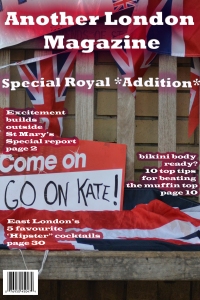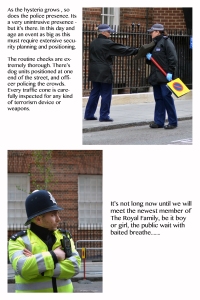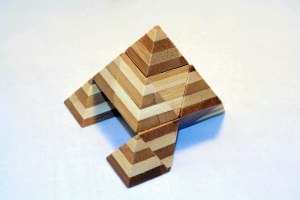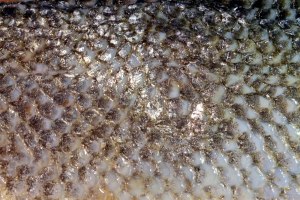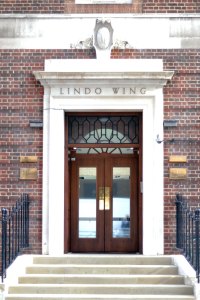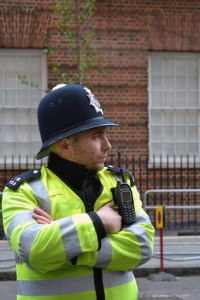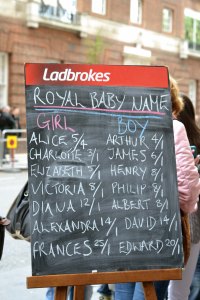For this exercise I have to return to the same location at different times of the day or different weather, to see how the light changes. It is important to take note that dusk and artificial lighting can create even greater differences.
The first shot was taken early in the morning, with the winter sun shining strongly from the right. The details of the plant beds on the right are almost lost, and there’s strong shadows cast on the wall. If I were photographing the garden in this light iId change my positioning to capture more of the mid tones.
Later in the morning there was some light cloud which has eliminated the strong shadows allowing more of the flowers/beds to be visible.
Just before the sun started to set, I’d added an artificial light source (the kitchen light, evident on the seat of the chair) which adds some depth.
Finally a mixture again of natural and artificial light. Without the artificial light the garden was almost invisible.
I’d like to try this exercise again but using an indoor space as I think my results would be more evident. Besides the first picture, I wouldn’t necessarily consider changing my position in any of the other images. Had I used an indoor space I think the varied shadows would have been greater and more interesting. Perhaps I should have removed the artificial light used in image 3 to portray stronger results. Still, I am very aware of how light can vastly change a space, requiring us to consider angles, viewpoints and composition in order to capture a space successfully.





